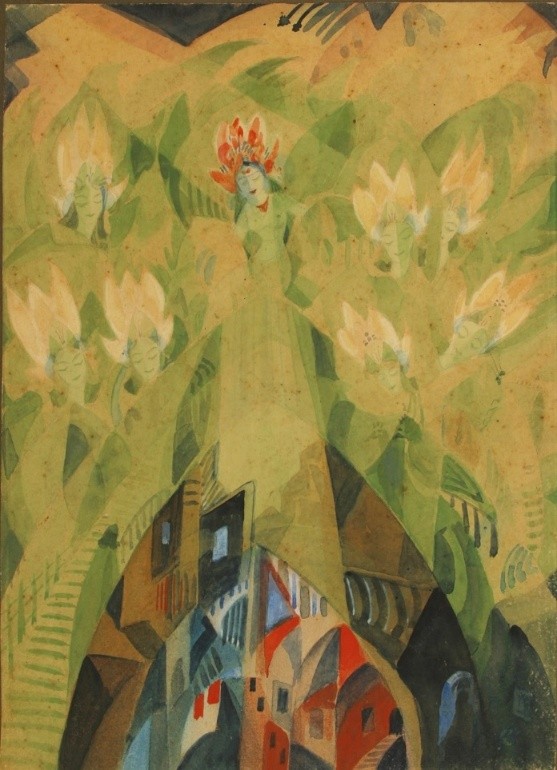UPSC CURRENT AFFAIRS – 28th March 2025
Cubism the art movement in India
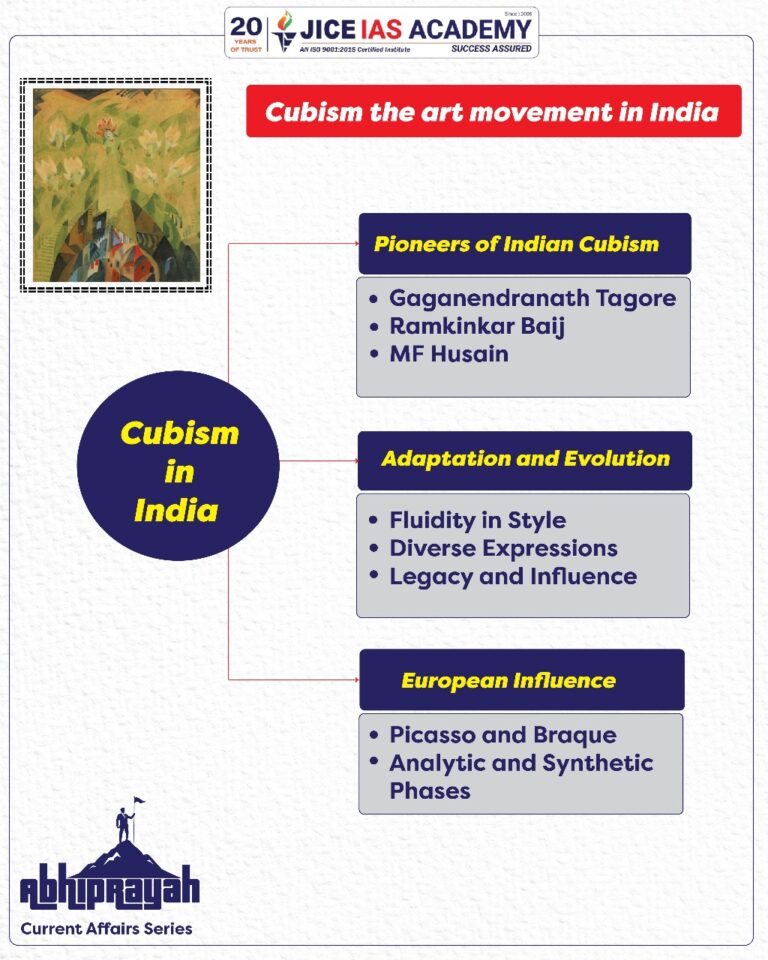
Why in News?
Cubism in India evolved from its European origins, blending geometric abstraction with Indian artistic traditions, pioneered by artists like Gaganendranath Tagore, Ramkinkar Baij, and MF Husain.
Background
- Cubism, one of the most influential art movements of the early 20th century, emerged as a radical departure from traditional artistic conventions.
- It emphasized geometric abstraction, multiple perspectives, and fragmentation of form, challenging the notion that art must realistically depict nature.
- While European artists Pablo Picasso and Georges Braque pioneered the movement, Cubism found a distinct identity in India, blending its avant-garde approach with Indian artistic traditions.
Emergence and Global Influence of Cubism
- Origin: Developed in early 20th-century Europe, Cubism moved away from linear perspective and realistic depiction.
- Key Figures: Picasso and Braque formally established the style, inspired by Paul Cézanne’s geometric simplification and African tribal masks.
- Characteristics: Deconstructed forms, multiple viewpoints, and abstract representation of three-dimensional reality.
- Phases:
- Analytic Cubism (1907-1912) – Monochromatic color palette and fragmented forms.
- Synthetic Cubism (1912-1914) – Brighter colors, collage elements, and stylized textures.
Arrival of Cubism in India
- Introduced in the 1910s, gaining prominence through the 1922 Indian Society of Oriental Art exhibition in Calcutta.
- Early Influences: Exposure to Bauhaus school artists like Wassily Kandinsky and Paul Klee.
- Artistic Discourse: American art historian Stella Kramrisch analyzed Indian Cubism, differentiating it from its European counterpart.
Pioneers of Indian Cubism
- Gaganendranath Tagore (1867-1938)
- First Indian artist to experiment with Cubism; referred to his work as “Indian Cubism”.
- His paintings featured diagonal compositions, translucent cubes, and decorative abstraction.
- Art historian R Siva Kumar notes that Gaganendranath identified himself as a Cubist, as seen in his painted postcard to Roopkrishna (Victoria & Albert Museum, London).
- Ramkinkar Baij (1906-1980) and NS Bendre (1910-1992)
- Baij blended Cubist abstraction with Indian folk traditions, especially in sculpture.
- Bendre introduced Cubism in Baroda’s Faculty of Fine Arts (MS University) in 1950, shaping the next generation of artists.
- Progressive Artists’ Group (PAG)
- FN Souza (1924-2002), MF Husain (1915-2011), and Paritosh Sen (1918-2008) integrated Cubism into Indian modernist movements.
- Paritosh Sen studied under Andre Lhote in Paris and incorporated two-dimensional planes in his work.
- MF Husain earned the title “Picasso of India”, using bold brushstrokes, fractured forms, and dynamic color contrasts.
Adaptation and Evolution of Indian Cubism
- Fluidity in Style: Indian Cubism retained lyricism and elegance, blending ancient aesthetics with avant-garde principles.
- Diverse Expressions:
- Rabin Mondal – Totemic abstraction, symbolizing collective memory.
- Devayani Krishna – Fractured geometries infused with lyrical textures.
- SK Bakre – Geometric abstraction with a focus on structural formality.
- Legacy: Unlike Western Cubism’s strict formalism, Indian artists used it as a tool for emotional depth and storytelling.
Conclusion
- Cubism in India evolved beyond its European origins, adapting to regional traditions, folk motifs, and cultural expressions.
- The movement not only redefined modern Indian art but also influenced multiple generations of artists.
- As exhibitions like “Deconstructed Realms: India’s Tryst with Cubism” at DAG Art Gallery continue to celebrate its legacy, Indian Cubism remains a testament to artistic innovation and cross-cultural exchange.
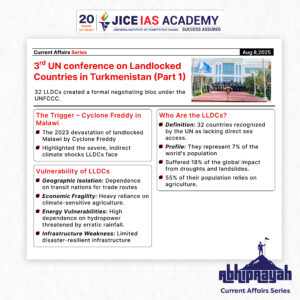
3rd UN conference on landlocked countries
UPSC CURRENT AFFAIRS – 08th August 2025 Home / 3rd UN conference on landlocked countries Why in News? At the
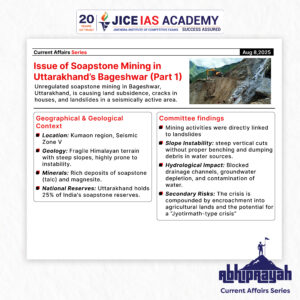
Issue of soapstone mining in Uttarakhand’s Bageshwar
UPSC CURRENT AFFAIRS – 08th August 2025 Home / Issue of soapstone mining in Uttarakhand’s Bageshwar Why in News? Unregulated

Groundwater Pollution in India – A Silent Public Health Emergency
UPSC CURRENT AFFAIRS – 08th August 2025 Home / Groundwater Pollution in India – A Silent Public Health Emergency Why
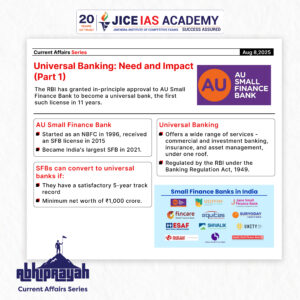
Universal banking- need and impact
UPSC CURRENT AFFAIRS – 08th August 2025 Home / Universal banking- need and impact Why in News? The Reserve Bank

India’s “Goldilocks” Economy: A Critical Appraisal
UPSC CURRENT AFFAIRS – 08th August 2025 Home / India’s “Goldilocks” Economy: A Critical Appraisal Why in News? The Finance

U.S.-India Trade Dispute: Trump’s 50% Tariffs and India’s Oil Imports from Russia
UPSC CURRENT AFFAIRS – 07th August 2025 Home / U.S.-India Trade Dispute: Trump’s 50% Tariffs and India’s Oil Imports from

Eco-Friendly Solution to Teak Pest Crisis: KFRI’s HpNPV Technology
UPSC CURRENT AFFAIRS – 07th August 2025 Home / Eco-Friendly Solution to Teak Pest Crisis: KFRI’s HpNPV Technology Why in

New Species of Non-Venomous Rain Snake Discovered in Mizoram
UPSC CURRENT AFFAIRS – 07th August 2025 Home / New Species of Non-Venomous Rain Snake Discovered in Mizoram Why in

